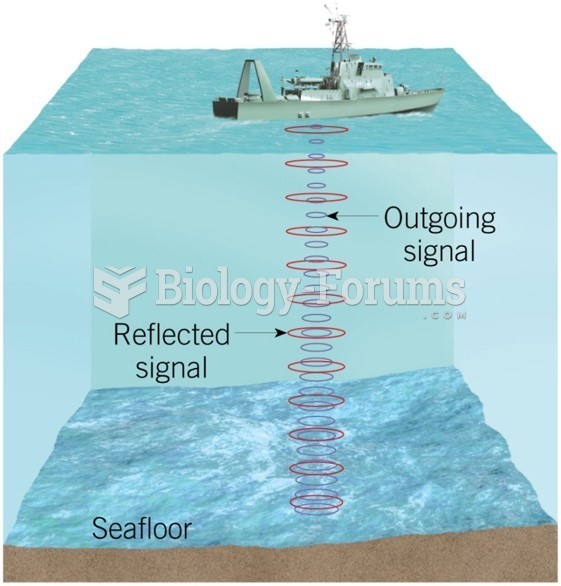Answer to Question 1
Correct Answer: 1,2,3
Rationale 1: Low gastric acid production may slow the absorption of weak acids such as phenobarbital.
Rationale 2: The skin of infants is thin and very permeable, allowing topical drugs to be absorbed at a rapid rate. Frequent applications of topical corticosteroid cream can cause a systemic effect of hyperglycemia.
Rationale 3: Prior to 6 months, the child's liver function is immature and produces very small amounts of plasma proteins. This could lead to toxicity with drugs requiring high levels of protein binding such as propranolol (Inderal).
Rationale 4: Metabolic rate reaches adult levels by 5 years of age. Hepatic toxicity from salicylates would be unusual.
Rationale 5: Gentamicin is potentially nephrotoxic. This child has immature kidney function, which may result in an accumulation of the drug and an increased, not decreased, BUN.
Global Rationale: Low gastric acid production may slow the absorption of weak acids such as phenobarbital. The skin of infants is thin and very permeable, allowing topical drugs to be absorbed at a rapid rate. Frequent applications of topical corticosteroid cream can cause a systemic effect of hyperglycemia. Prior to 6 months, the child's liver function is immature and produces very small amounts of plasma proteins. This could lead to toxicity with drugs requiring high levels of protein binding such as propranolol (Inderal). Metabolic rate reaches adult levels by 5 years of age. Hepatic toxicity from salicylates would be unusual. Gentamicin is potentially nephrotoxic. This child has immature kidney function, which may result in an accumulation of the drug and an increased, not decreased, BUN.
Answer to Question 2
Correct Answer: 1,2,3
Rationale 1: Respiratory drugs such as nasal preparations, cold and cough preparations, and antihistamines are frequently used in children.
Rationale 2: Anti-infective drugs are frequently used in children for conditions such as otitis media and upper respiratory infections.
Rationale 3: Commonly used dermatologic drugs used for children include antifungal medications, emollients for dry skin, and corticosteroids for eczema.
Rationale 4: Cardiovascular drugs are infrequently used in children.
Rationale 5: Musculoskeletal system drugs such as anti-inflammatory drugs are infrequently used in children.
Global Rationale: Respiratory drugs such as nasal preparations, cold and cough preparations, and antihistamines are frequently used in children. Anti-infective drugs are frequently used in children for conditions such as otitis media and upper respiratory infections. Commonly used dermatologic drugs used for children include antifungal medications, emollients for dry skin, and corticosteroids for eczema. Cardiovascular drugs are infrequently used in children. Musculoskeletal system drugs such as anti-inflammatory drugs are infrequently used in children.







